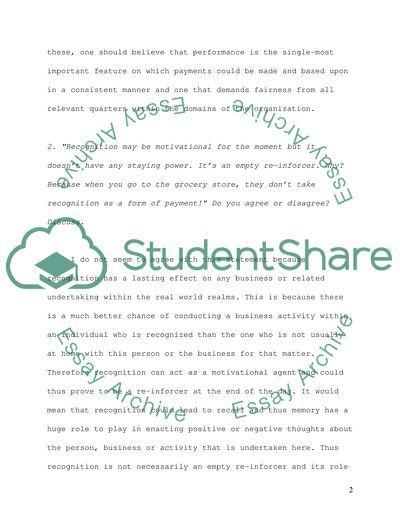Cite this document
(Performance and Recognition in the Workplace Assignment Example | Topics and Well Written Essays - 1500 words, n.d.)
Performance and Recognition in the Workplace Assignment Example | Topics and Well Written Essays - 1500 words. https://studentshare.org/human-resources/1711816-critical-thinking-questions
Performance and Recognition in the Workplace Assignment Example | Topics and Well Written Essays - 1500 words. https://studentshare.org/human-resources/1711816-critical-thinking-questions
(Performance and Recognition in the Workplace Assignment Example | Topics and Well Written Essays - 1500 Words)
Performance and Recognition in the Workplace Assignment Example | Topics and Well Written Essays - 1500 Words. https://studentshare.org/human-resources/1711816-critical-thinking-questions.
Performance and Recognition in the Workplace Assignment Example | Topics and Well Written Essays - 1500 Words. https://studentshare.org/human-resources/1711816-critical-thinking-questions.
“Performance and Recognition in the Workplace Assignment Example | Topics and Well Written Essays - 1500 Words”. https://studentshare.org/human-resources/1711816-critical-thinking-questions.


